Home>Furniture & Design>Interior Design Trends>How To Make Wood Shine Like Glass
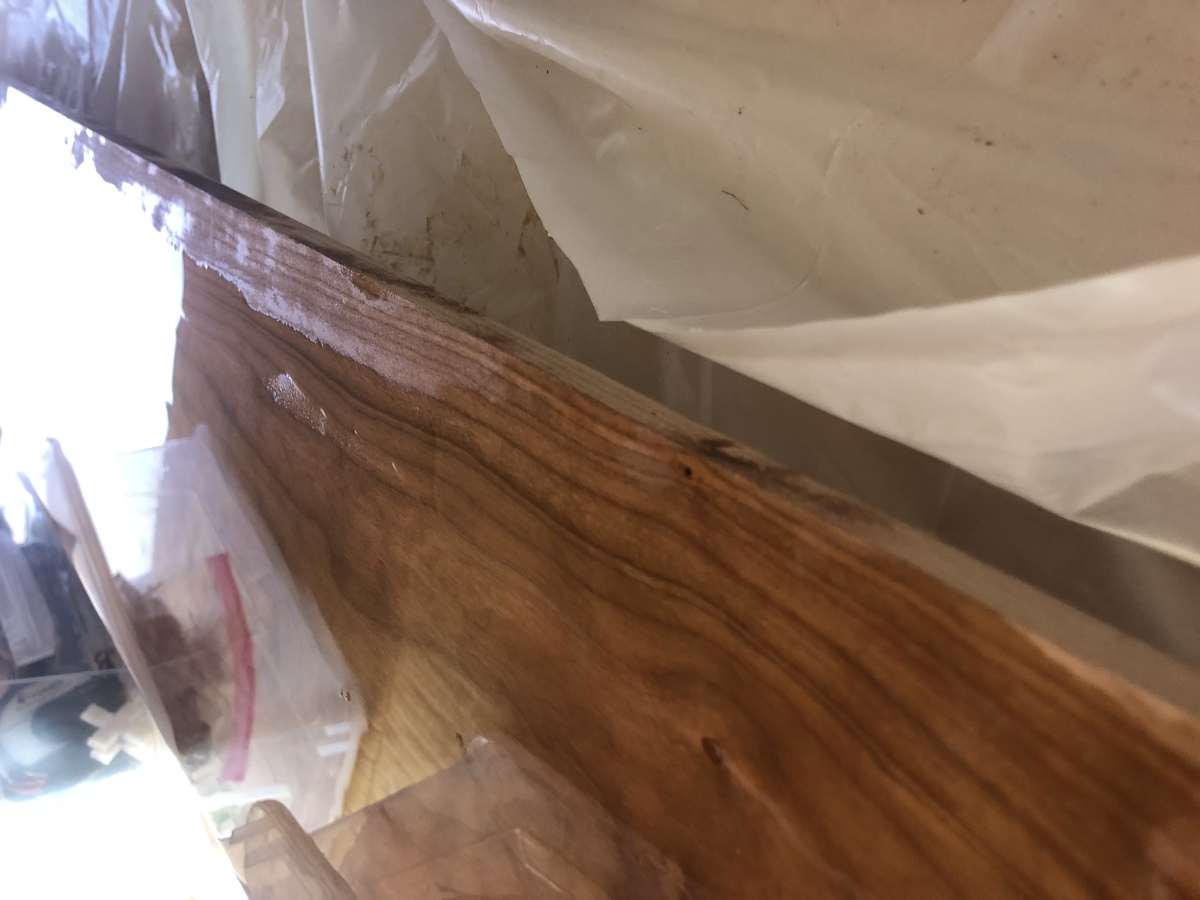

Interior Design Trends
How To Make Wood Shine Like Glass
Modified: February 17, 2024
Achieve a glossy finish on wood surfaces with these interior design trends. Learn how to make wood shine like glass for a sleek and modern look. Elevate your space with these expert tips.
(Many of the links in this article redirect to a specific reviewed product. Your purchase of these products through affiliate links helps to generate commission for Storables.com, at no extra cost. Learn more)
Introduction
Wood is a timeless and versatile material that adds warmth and character to any space. Whether it's a stunning hardwood floor, a cherished antique table, or a handcrafted piece of furniture, the natural beauty of wood can be truly captivating. One way to enhance the allure of wood is by making it shine like glass. Achieving a glass-like finish on wood requires careful preparation, the right choice of wood, and the application of the appropriate finish. In this comprehensive guide, we will explore the step-by-step process of transforming wood into a glossy, lustrous masterpiece. From selecting the perfect wood to the final buffing and polishing, we will delve into the techniques and tips that will help you achieve a stunning glass-like sheen on your wood surfaces. Whether you're a seasoned woodworker or a DIY enthusiast, mastering the art of making wood shine like glass will elevate the aesthetic appeal of your interior spaces and breathe new life into your beloved wooden pieces. So, let's embark on this journey to unlock the secrets of creating a radiant, mirror-like finish on wood.
Key Takeaways:
- Transform wood into a glossy masterpiece by choosing the right wood, meticulous preparation, and applying the appropriate finish. This elevates the aesthetic appeal of interior spaces and breathes new life into wooden pieces.
- To maintain the glass-like finish on wood, regular cleaning, gentle cleaning solutions, and avoiding moisture and heat are essential. These steps ensure the wood continues to captivate with its radiant allure for years to come.
Read more: How To Make Car Shine Like Glass
Choosing the Right Wood
Selecting the right type of wood is crucial when aiming to achieve a glass-like finish. Different wood species have unique characteristics that can significantly impact the final result. Here are essential factors to consider when choosing the wood for your project:
1. Wood Species:
- Hardwoods: Species such as oak, cherry, maple, and walnut are popular choices for achieving a glossy finish due to their dense and durable nature. These woods have a tight grain structure, which allows for a smooth and polished surface.
- Exotic Woods: Species like mahogany, teak, and rosewood offer rich, deep colors and natural oils that contribute to a luxurious, high-gloss finish.
2. Grain Pattern:
- Straight Grain: Woods with straight, consistent grain patterns, such as maple and cherry, are ideal for achieving a sleek, uniform shine.
- Open Grain: Woods with open grain, like oak, may require additional steps to fill the pores before achieving a glass-like finish.
3. Natural Color and Characteristics:
- Consider the natural color and unique characteristics of the wood. Some woods, like cherry, darken over time, while others, such as maple, maintain a light, golden hue. Embracing the natural beauty of the wood can enhance the overall aesthetic appeal of the finished product.
Read more: How To Make Boots Shine Like Glass
4. Suitability for Finishing:
- Certain woods, such as pine and cedar, may require special attention and preparation to achieve a glass-like finish due to their softness and resin content. Understanding the characteristics of the wood will help determine the appropriate finishing techniques.
By carefully considering these factors, you can choose the right wood that aligns with your desired aesthetic and finish preferences. Whether you seek a classic, elegant look or a bold, exotic appeal, the choice of wood sets the foundation for achieving a stunning glass-like shine.
Preparing the Wood Surface
Before embarking on the journey to make wood shine like glass, meticulous preparation of the wood surface is essential to ensure a flawless and radiant finish. The process of preparing the wood surface involves several critical steps that lay the groundwork for achieving a mirror-like sheen. Here's a detailed exploration of the key preparatory measures:
-
Sanding the Wood: The first step in preparing the wood surface is sanding. Using a progression of sandpaper grits, starting from coarse (around 80-100 grit) and gradually moving to finer grits (up to 220-400 grit), helps to eliminate imperfections, smooth out uneven surfaces, and create a uniform texture. This meticulous sanding process not only removes any existing finish or blemishes but also opens up the wood pores, allowing the subsequent finish to adhere seamlessly.
-
Filling Pores (for Open-Grain Woods): For woods with open grain, such as oak, filling the pores is crucial to achieving a glass-like finish. After sanding, applying a wood grain filler helps to fill the natural pores and irregularities in the wood, resulting in a level surface that is conducive to a glossy finish. Once the filler is applied, excess filler is wiped away, leaving the pores filled and the surface ready for the next steps.
-
Applying a Wood Conditioner (for Softwoods): Softwoods like pine and cedar, which tend to absorb stains and finishes unevenly due to their varying density, benefit from the application of a wood conditioner. This pre-treatment helps to promote an even absorption of the subsequent finish, preventing blotchiness and ensuring a consistent sheen across the wood surface.
-
Removing Dust and Residue: After sanding and any necessary pore-filling or conditioning, it's crucial to thoroughly remove all dust and debris from the wood surface. Using a tack cloth or a vacuum with a brush attachment, meticulously clean the wood to eliminate any particles that could mar the final finish.
By meticulously preparing the wood surface through these essential steps, you establish the ideal foundation for achieving a flawless, glass-like finish. This meticulous preparation sets the stage for the subsequent application of the finish, ensuring that the wood's natural beauty is accentuated and the desired sheen is achieved with precision and elegance.
Applying the Finish
Once the wood surface is meticulously prepared, the next crucial step in the process of making wood shine like glass is the application of the finish. The choice of finish plays a pivotal role in determining the final appearance and durability of the wood surface. From traditional varnishes to modern polyurethanes, there are various finishes available, each with its unique characteristics and application techniques. Here's a comprehensive exploration of the process of applying the finish to achieve a stunning glass-like sheen on wood.
1. Selecting the Right Finish:
The first step in applying the finish is selecting the appropriate type of finish for the specific wood and desired outcome. Common options include:
-
Polyurethane: Known for its exceptional durability and water resistance, polyurethane is available in water-based and oil-based formulations, offering varying levels of sheen, from matte to high gloss.
-
Varnish: Traditional varnishes, derived from resins, provide a classic, glossy finish and offer excellent protection against wear and moisture.
-
Lacquer: Fast-drying and available in various sheens, lacquer provides a smooth, high-gloss finish, making it a popular choice for achieving a glass-like appearance.
Read more: How To Make Shoes Shine Like Glass
2. Applying the Finish:
The application of the finish requires precision and attention to detail to ensure a flawless, mirror-like result. Here's a step-by-step guide to applying the finish:
-
Even Application: Using a high-quality brush, foam applicator, or sprayer, apply the finish in thin, even coats, following the wood grain to promote a seamless and uniform appearance.
-
Drying Time: Allow each coat to dry completely according to the manufacturer's recommendations before applying the next coat. This promotes proper adhesion and prevents imperfections in the finish.
-
Sanding Between Coats: For certain finishes, such as polyurethane, lightly sanding the surface between coats with fine-grit sandpaper (e.g., 220-400 grit) helps to smooth out any imperfections and enhances the adhesion of subsequent coats.
3. Building Layers for Depth:
To achieve a deep, lustrous finish reminiscent of glass, multiple coats of the chosen finish are typically applied. Each layer adds depth and clarity, gradually building the desired level of sheen and enhancing the wood's natural beauty.
4. Ensuring Uniform Coverage:
Throughout the application process, meticulous attention is given to ensuring uniform coverage and eliminating any drips, bubbles, or brush marks. This meticulous approach contributes to the creation of a flawless, glass-like surface that reflects light with unparalleled brilliance.
By following these meticulous steps and techniques, the process of applying the finish transforms the prepared wood surface into a radiant, mirror-like masterpiece, elevating the aesthetic appeal of the wood and bringing out its inherent elegance and allure.
Buffing and Polishing
After the application of the final coat of finish, the wood surface is ready for the transformative process of buffing and polishing. This critical stage is where the glossy finish truly comes to life, as it refines the surface to a mirror-like sheen, enhancing the wood's natural beauty and depth. The meticulous techniques employed during buffing and polishing are essential for achieving a flawless, radiant appearance that rivals the luster of glass. Here's a detailed exploration of the steps involved in this transformative process:
Read more: How To Make Your Wood Floor Shine
1. Allowing the Finish to Cure:
Before commencing the buffing and polishing process, it is crucial to allow the final coat of finish to cure fully. Depending on the type of finish used, this curing period typically ranges from a few days to several weeks. Patience during this phase is paramount, as premature buffing can compromise the integrity of the finish and diminish the desired sheen.
2. Initial Sanding (Optional):
For certain finishes, such as lacquer, a gentle initial sanding with ultra-fine grit sandpaper, such as 1000-2000 grit, may be employed to level the surface and remove any minor imperfections or dust particles that settled during the curing process. This preliminary sanding sets the stage for the subsequent buffing and polishing steps.
3. Buffing Compounds and Pads:
Buffing compounds, specifically formulated for wood finishes, play a pivotal role in the polishing process. These compounds, available in various grits and compositions, help to refine the surface and enhance the sheen. When paired with high-quality buffing pads, these compounds facilitate the gradual transformation of the wood surface, imparting a brilliant, reflective quality.
4. Circular Buffing Motion:
Using a buffing machine or a handheld buffer, the application of the buffing compound is carried out in a circular motion, ensuring even coverage and meticulous attention to detail. This methodical approach gradually smoothens the surface, bringing forth a lustrous shine that captures and reflects light with captivating brilliance.
Read more: How To Make Concrete Shiny Like Glass
5. Finishing Touches:
As the buffing process progresses, a discerning eye is employed to assess the evolving sheen and address any remaining imperfections. Additional layers of buffing compound may be applied as needed, further refining the surface and elevating the gloss to its full potential.
6. Final Polishing:
The culmination of the buffing process involves the application of a fine polishing compound, which imparts an unparalleled clarity and depth to the wood surface. This final polishing step brings the shine to its peak, creating a reflective, glass-like finish that exudes sophistication and allure.
By meticulously executing the buffing and polishing process, the wood surface undergoes a remarkable transformation, emerging with a radiant, mirror-like sheen that elevates its visual impact and allure. The interplay of light and reflection on the polished surface creates a captivating visual spectacle, showcasing the inherent beauty of the wood in a stunning, glossy display.
Maintenance Tips
Maintaining the exquisite glass-like finish on wood surfaces requires ongoing care and attention to preserve its luster and beauty for years to come. Implementing the following maintenance tips will ensure that your wood shines like glass and continues to captivate with its radiant allure.
-
Regular Cleaning: To keep the glossy finish pristine, regular dusting with a soft, lint-free cloth or microfiber duster is essential. This prevents the accumulation of debris and maintains the reflective quality of the surface.
-
Gentle Cleaning Solutions: When deeper cleaning is necessary, use a mild, non-abrasive wood cleaner or a solution of gentle dish soap and water. Avoid harsh chemicals or abrasive cleaners that can compromise the finish.
-
Avoiding Moisture and Heat: Protect the wood surface from prolonged exposure to moisture and direct heat, as these can damage the finish and affect the wood's appearance. Use coasters, trivets, and protective pads to safeguard against moisture rings and heat damage from hot items.
-
Prompt Spill Cleanup: Accidental spills should be promptly wiped up to prevent staining and potential damage to the finish. Use a soft, absorbent cloth to blot the spill and avoid rubbing, which can spread the liquid and compromise the finish.
-
Periodic Maintenance: Depending on the level of use and exposure, periodic maintenance may be required to refresh the glossy finish. This may involve light buffing with a soft cloth or a gentle application of a maintenance polish to restore the sheen.
-
Protective Measures: Consider using protective pads or mats on surfaces that are frequently used, such as tabletops and countertops, to minimize the risk of scratches and wear. This proactive approach helps preserve the flawless appearance of the finish.
-
Professional Inspection: For valuable or intricately finished wood pieces, periodic professional inspection and maintenance by a skilled woodworker or furniture restorer can ensure that the finish remains in optimal condition and retains its stunning luster.
By incorporating these maintenance tips into your care routine, you can safeguard the glass-like finish of your wood surfaces, allowing them to continue radiating elegance and sophistication. With proper maintenance, the timeless allure of the glossy wood finish will endure, enriching your interior spaces with its captivating brilliance.
Conclusion
In conclusion, the art of making wood shine like glass is a meticulous and transformative process that elevates the natural beauty of wood to new heights. From the careful selection of the right wood species to the precise application of the finish and the transformative buffing and polishing, each step contributes to the creation of a radiant, mirror-like sheen that captivates the eye and enhances the aesthetic appeal of interior spaces.
The journey to achieving a glass-like finish on wood is not merely a technical endeavor; it is a harmonious fusion of craftsmanship, artistry, and an appreciation for the inherent elegance of wood. By meticulously preparing the wood surface, selecting the appropriate finish, and employing refined techniques, woodworkers and enthusiasts alike can unlock the full potential of wood, unveiling its captivating luster and depth.
The allure of a glossy wood finish lies not only in its visual splendor but also in its ability to evoke a sense of sophistication and timelessness. The reflective quality of the finish creates an interplay of light and shadow, infusing the surroundings with an enchanting ambiance and a touch of opulence.
Furthermore, the maintenance of the glass-like finish ensures that its brilliance endures, allowing the wood to continue enchanting with its radiant allure for years to come. By implementing regular care and protective measures, the glossy finish remains a testament to the enduring allure of wood and the craftsmanship invested in its transformation.
Ultimately, the process of making wood shine like glass transcends the realm of woodworking; it is a celebration of the inherent beauty and versatility of wood as a medium for artistic expression and functional elegance. Whether adorning a cherished piece of furniture, embellishing architectural elements, or gracing interior surfaces, the glass-like finish on wood stands as a testament to the timeless allure of natural materials and the artistry of those who seek to unveil their full splendor.
In essence, the journey to making wood shine like glass is a testament to the enduring allure of craftsmanship, the timeless beauty of wood, and the transformative power of meticulous care and attention to detail. It is a journey that culminates in the creation of captivating, mirror-like surfaces that enrich interior spaces with their radiant elegance and timeless appeal.
Frequently Asked Questions about How To Make Wood Shine Like Glass
Was this page helpful?
At Storables.com, we guarantee accurate and reliable information. Our content, validated by Expert Board Contributors, is crafted following stringent Editorial Policies. We're committed to providing you with well-researched, expert-backed insights for all your informational needs.

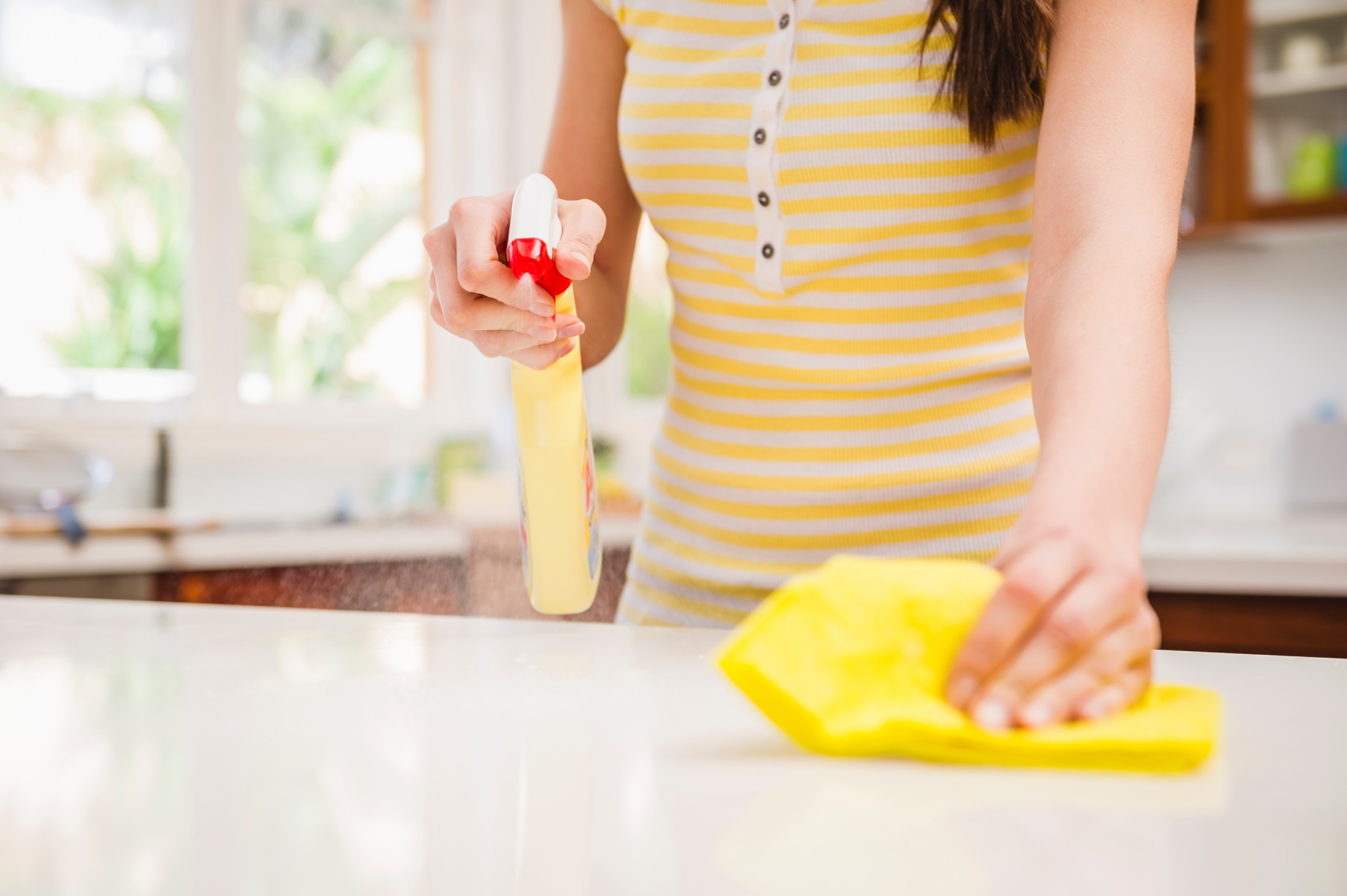
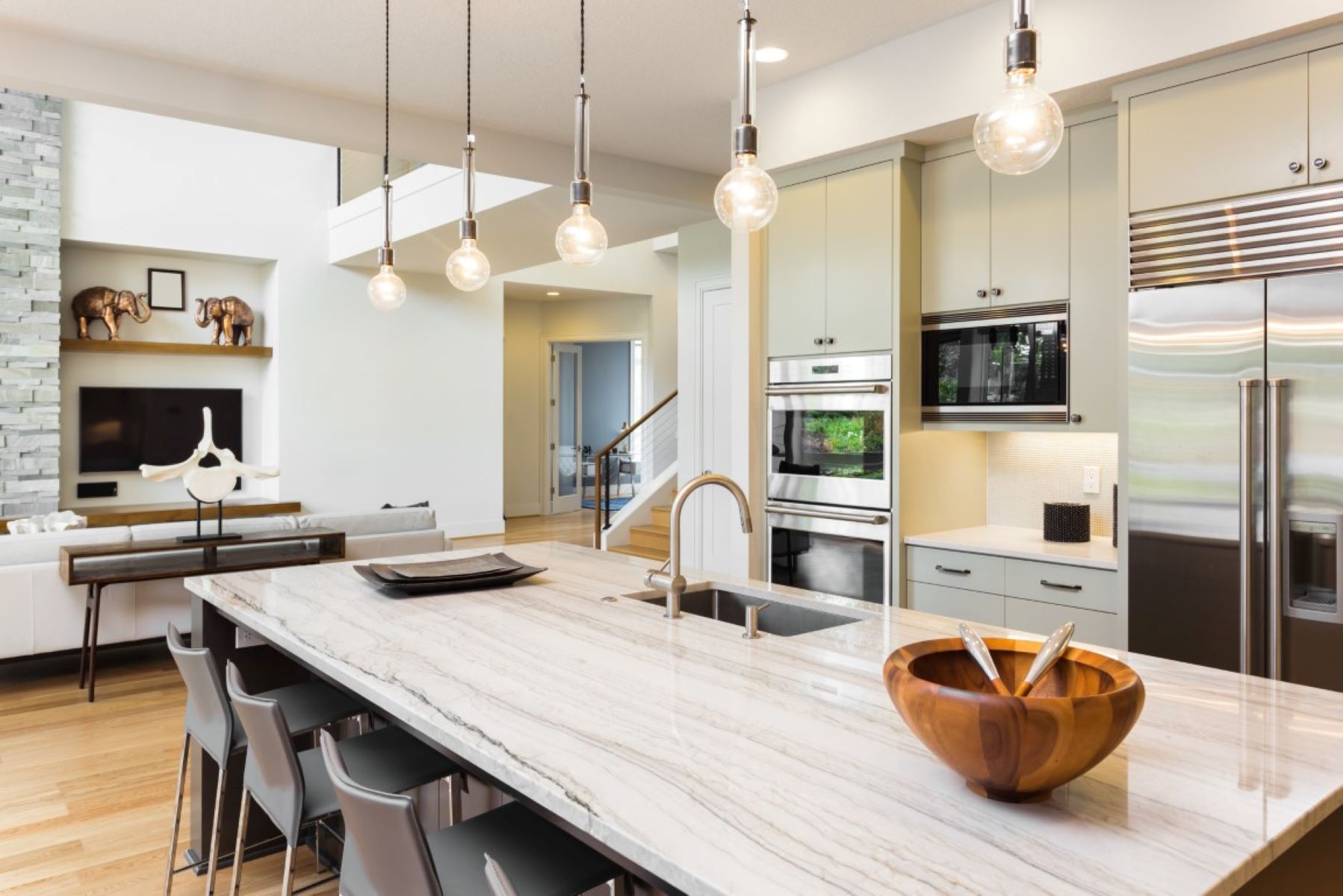
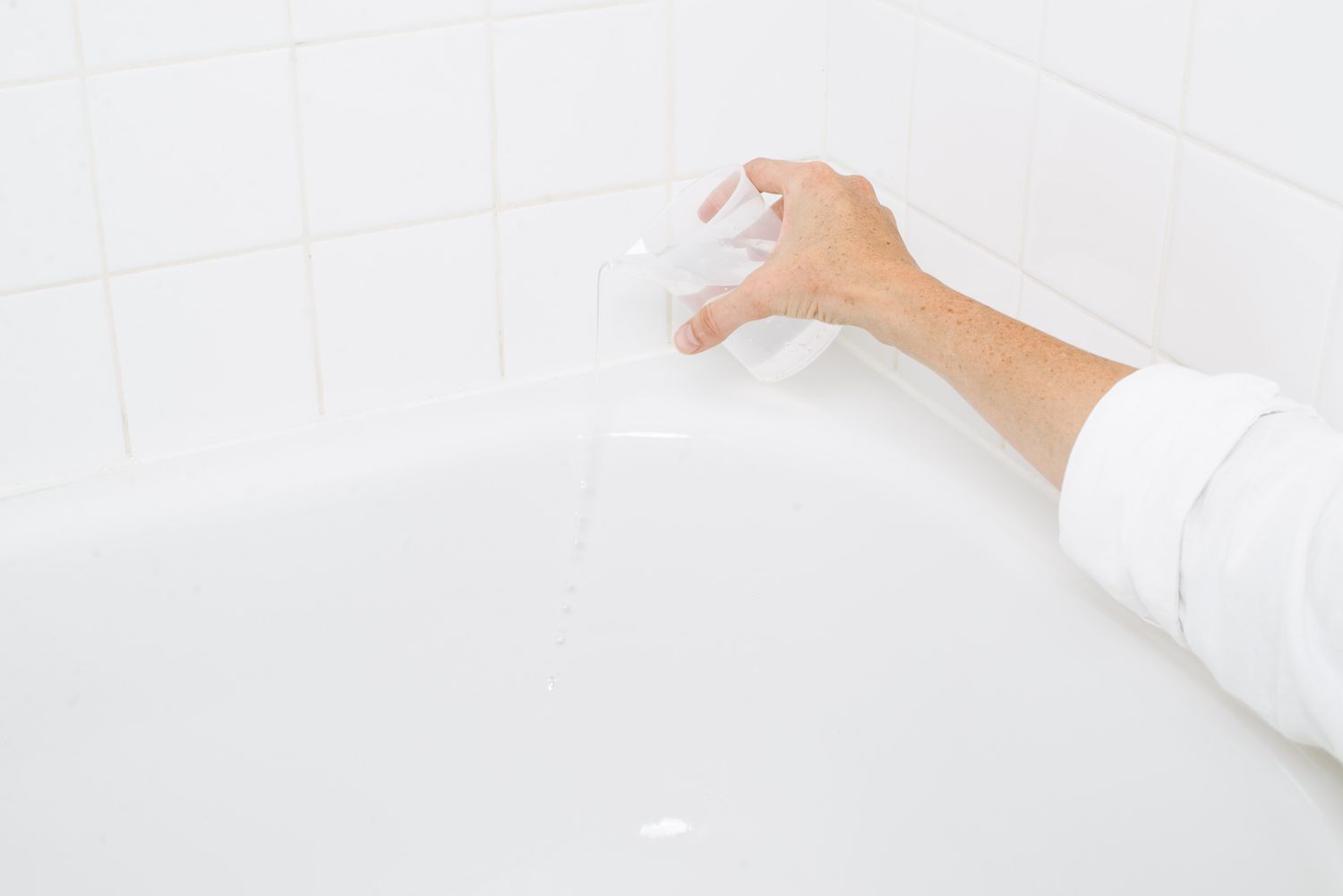
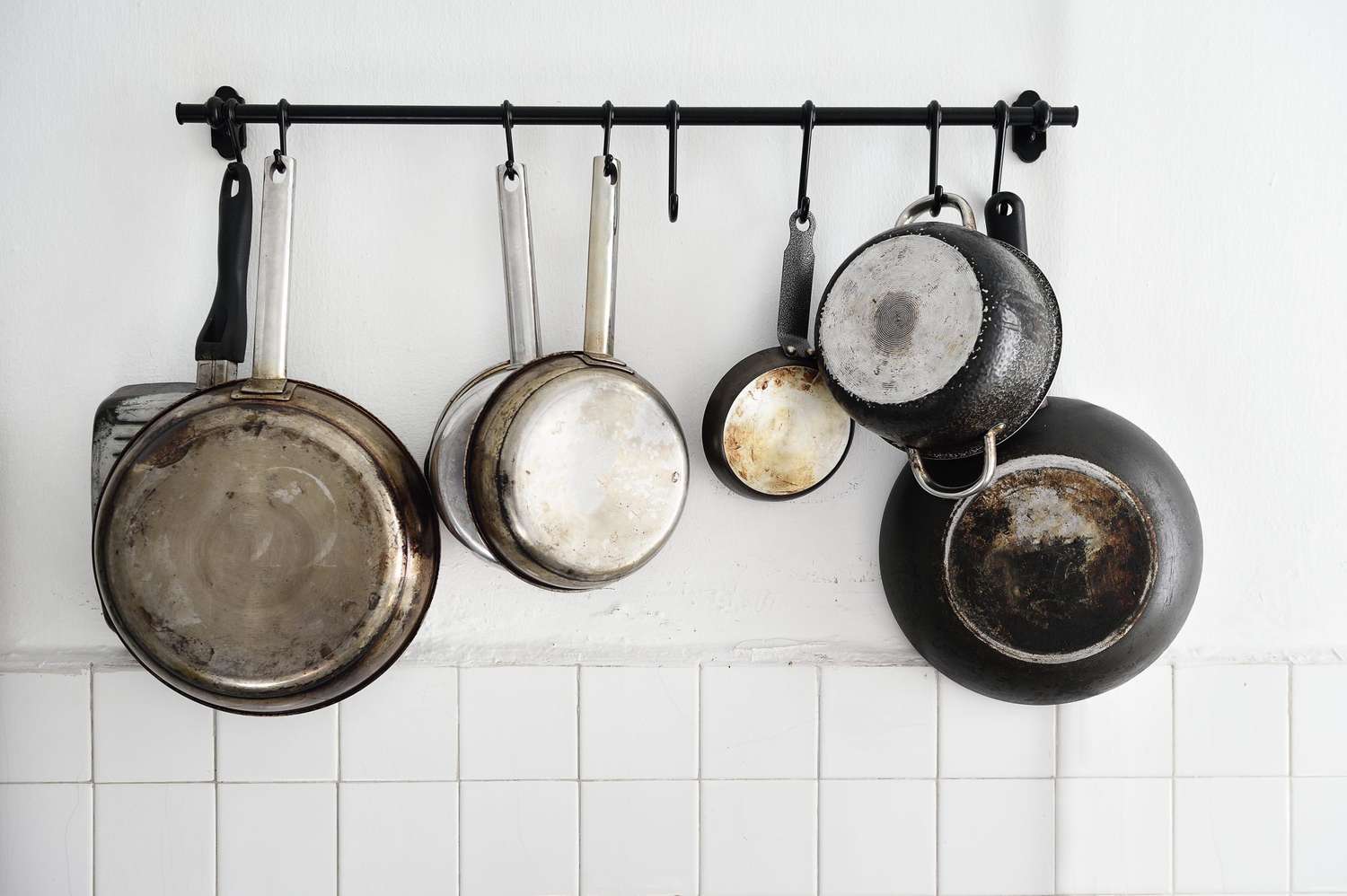
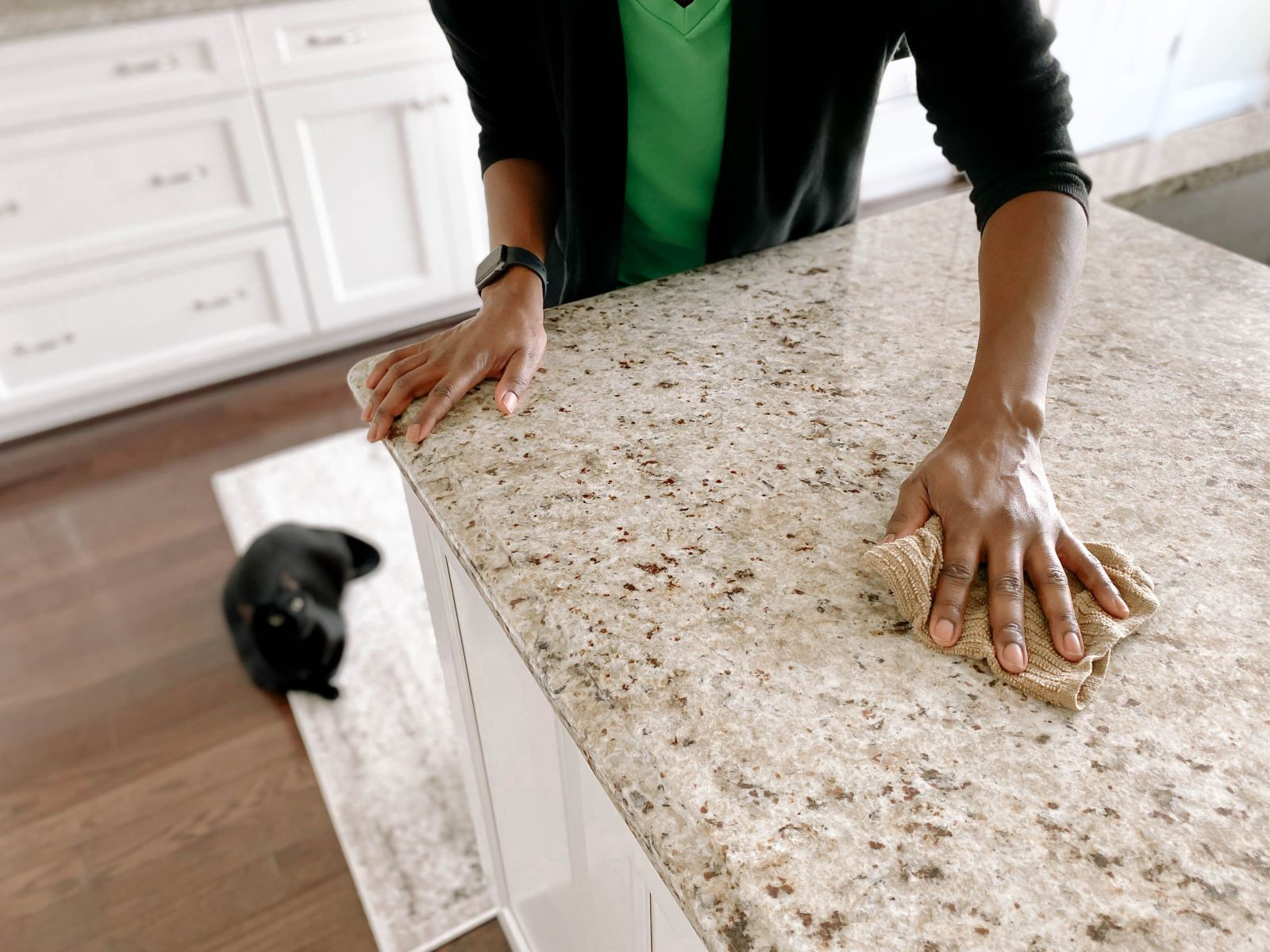
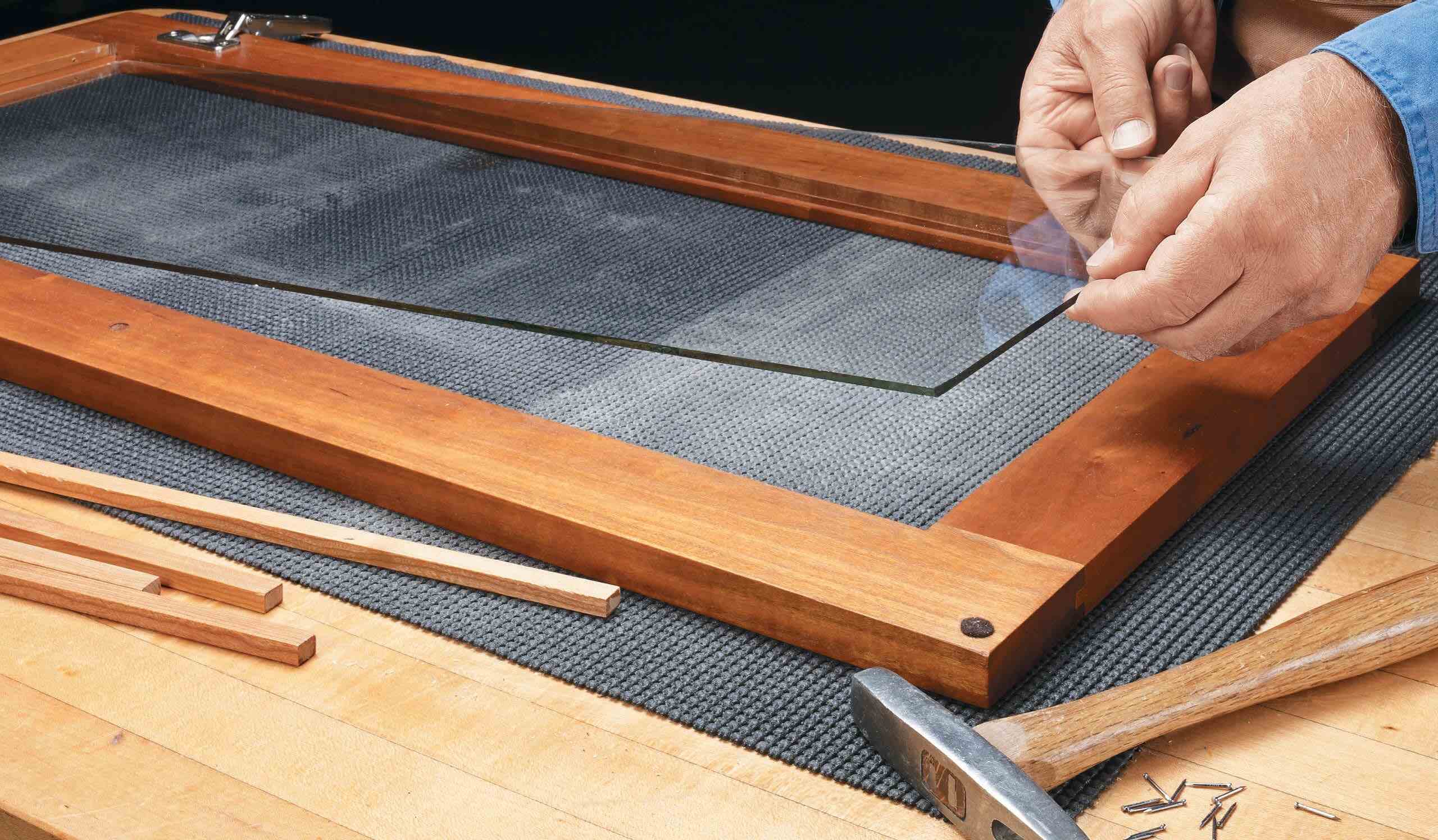
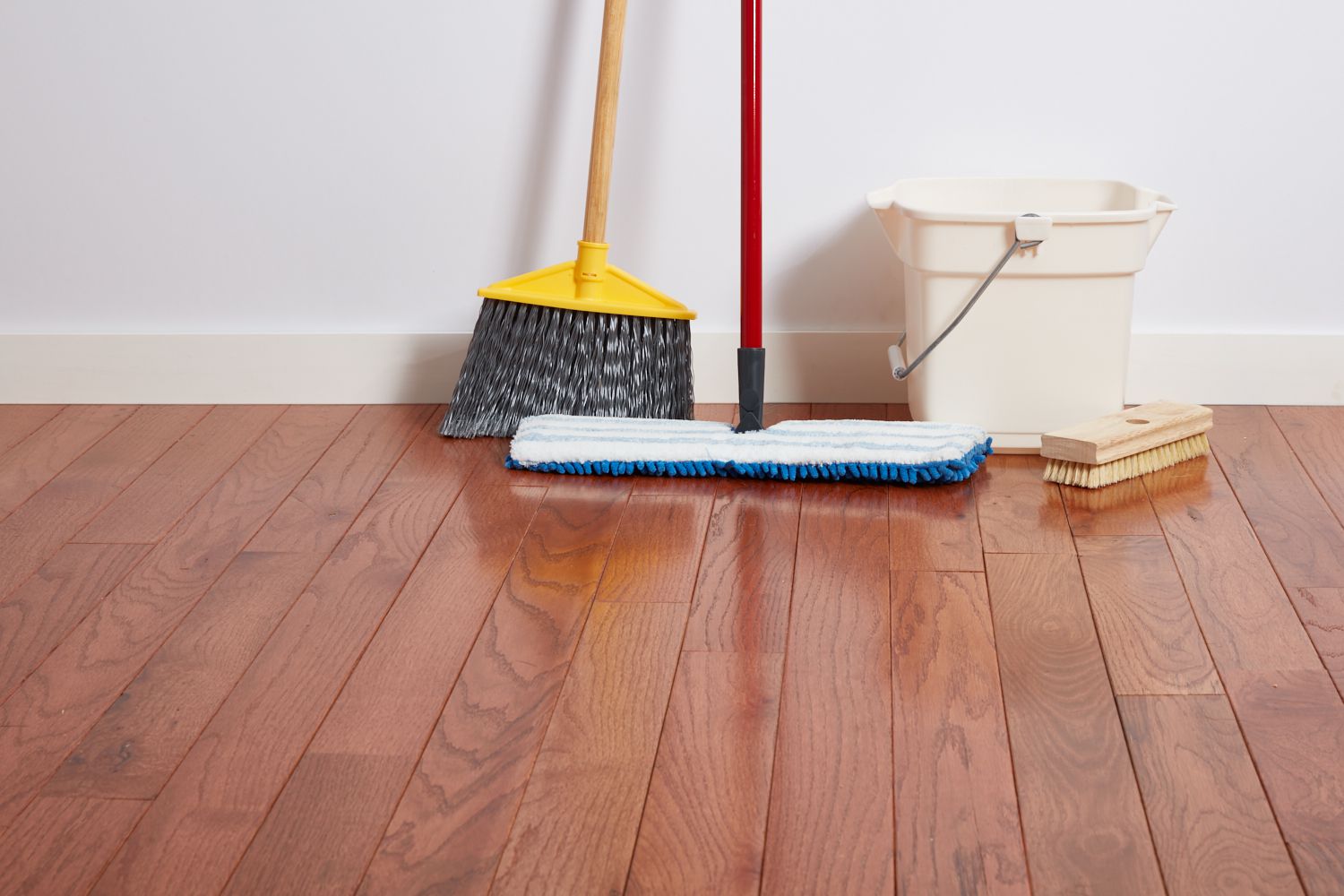
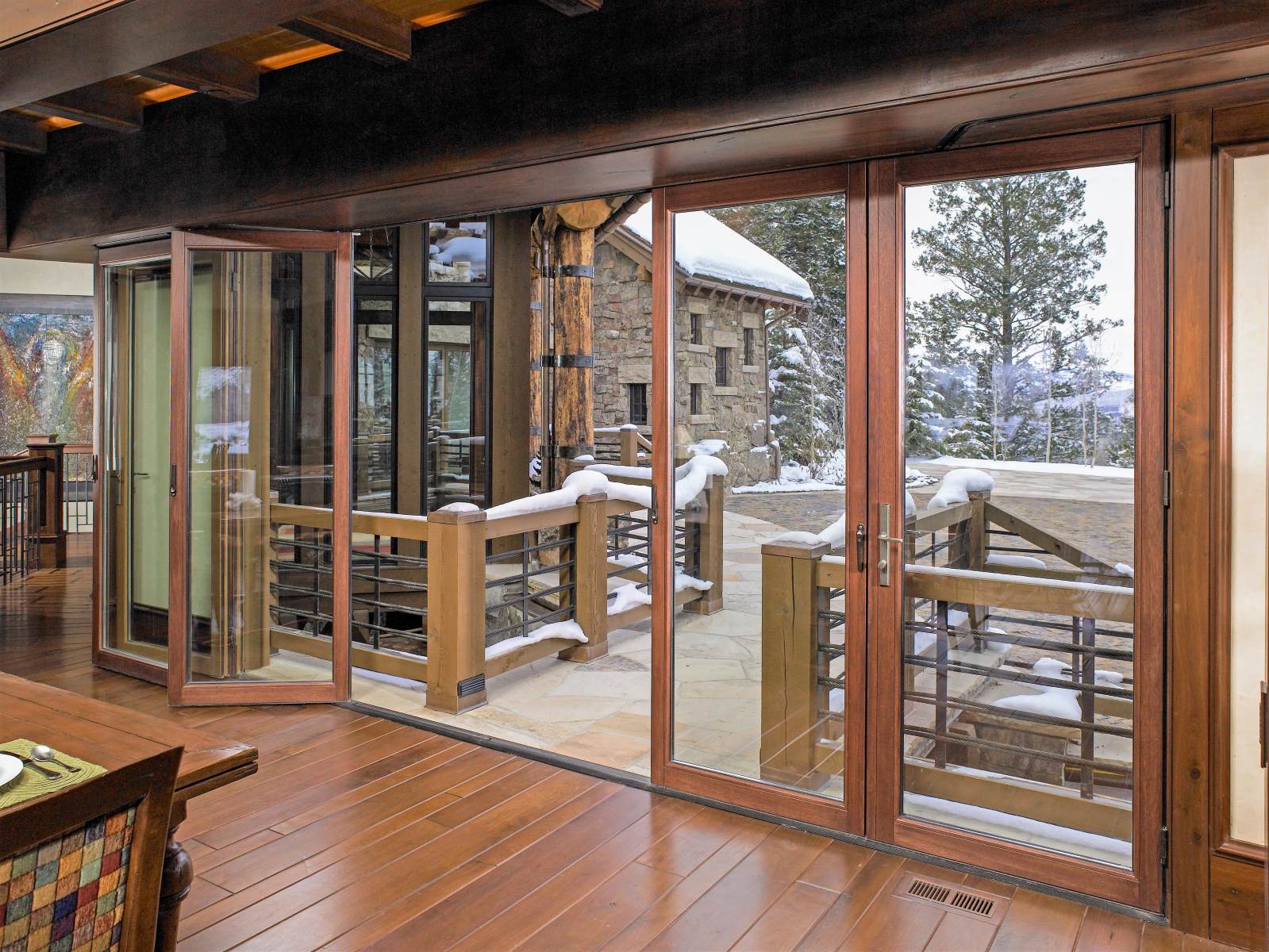
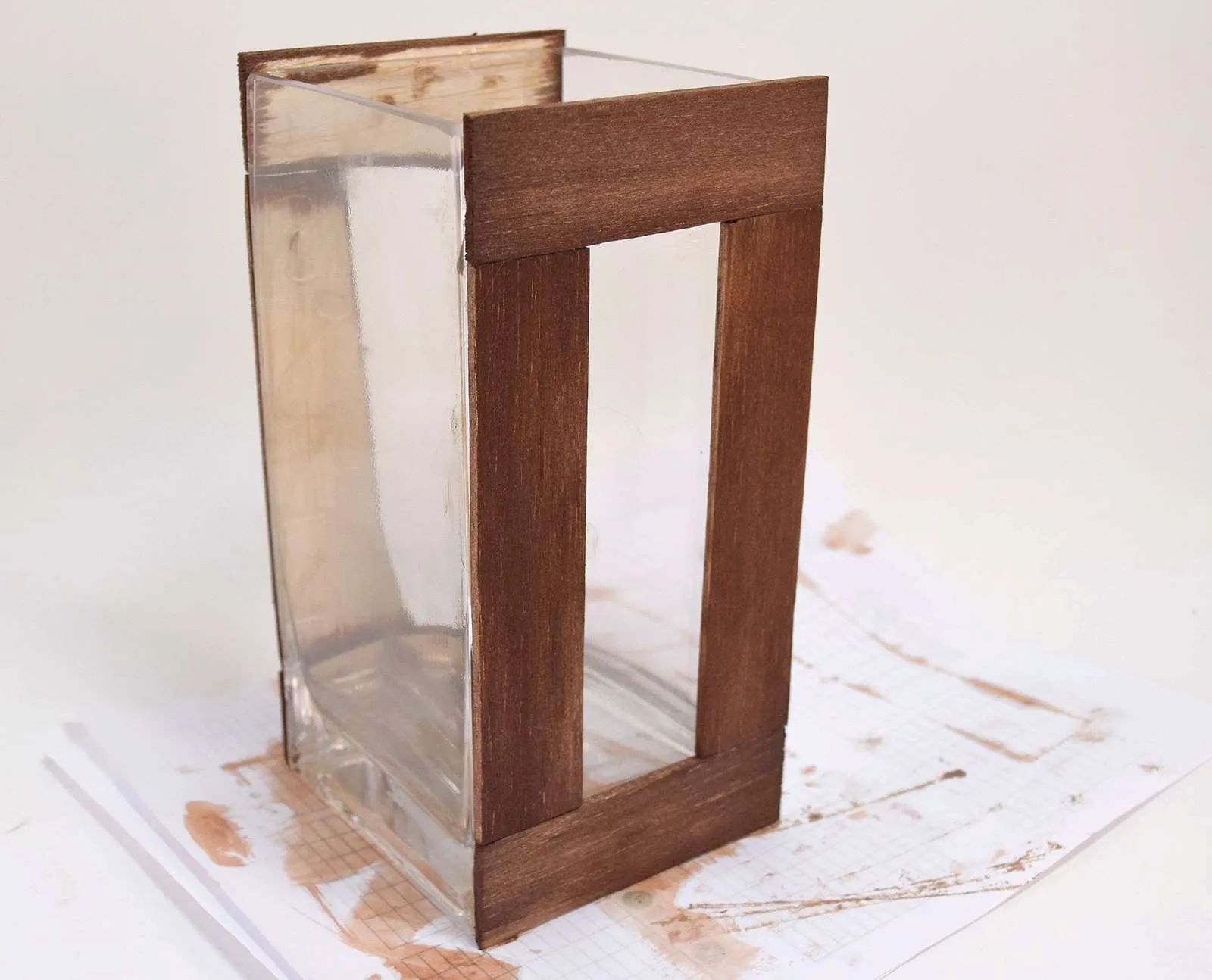


0 thoughts on “How To Make Wood Shine Like Glass”